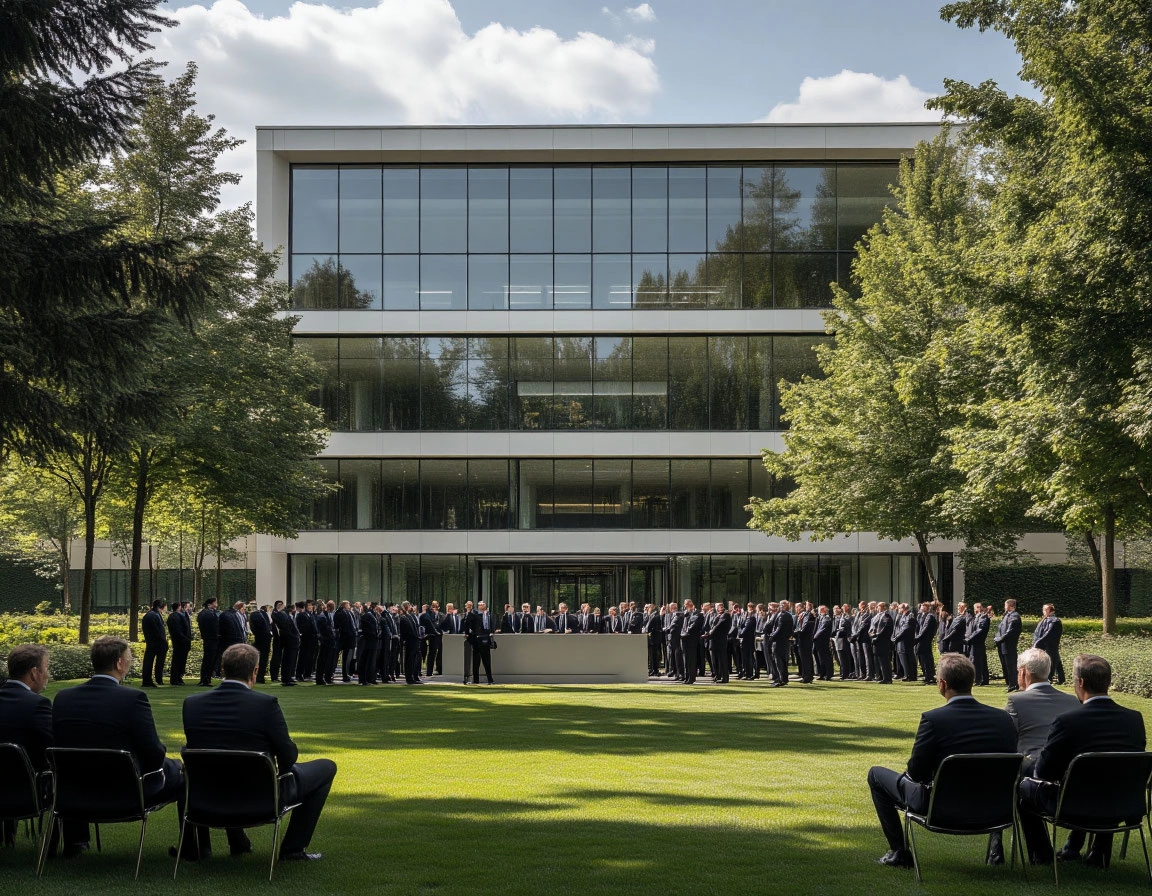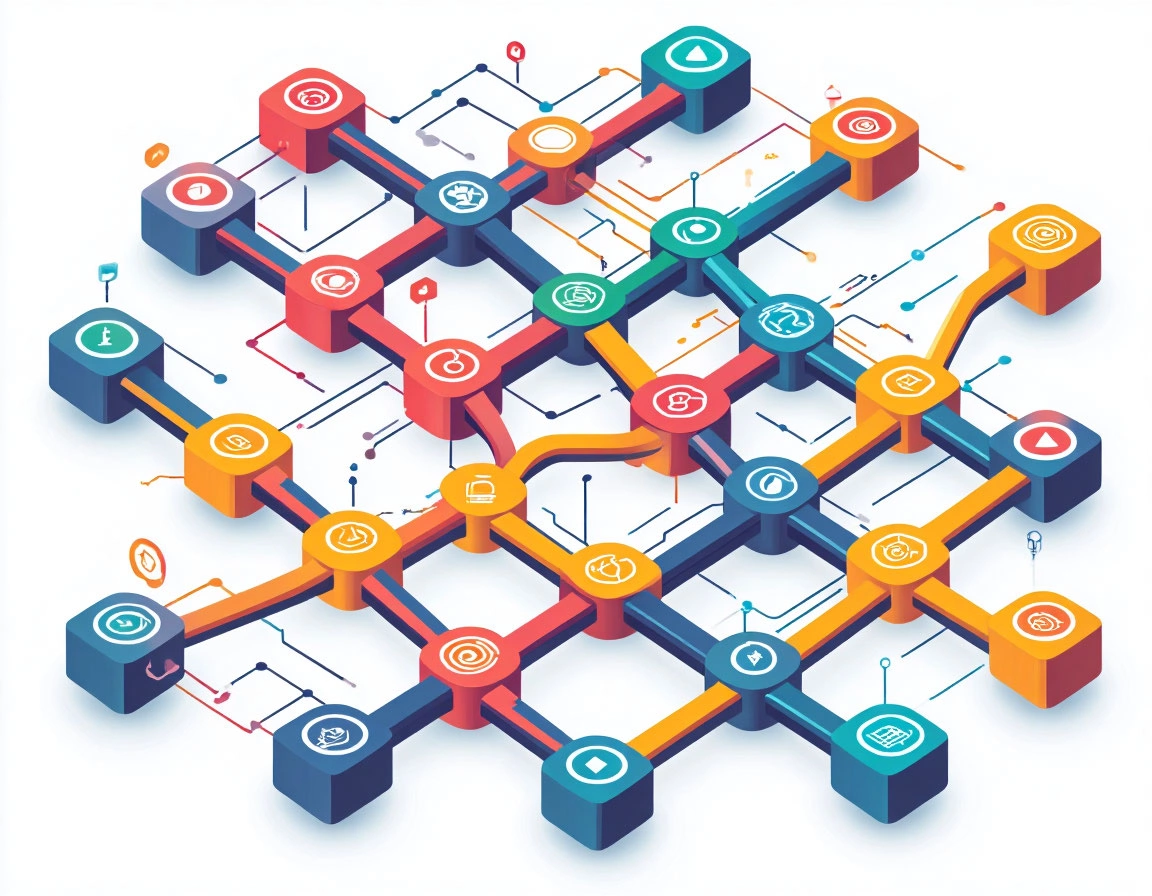🤖 Smarter Business Decisions with GRPO: Reinforcement Learning Without the Noise
📈 Rethinking AI for Business: Less Complexity, More Efficiency
In the ever-evolving world of AI-driven business optimization, companies are constantly looking for smarter ways to make decisions — without adding unnecessary technical complexity. Traditional reinforcement learning (RL) techniques have proven powerful, but they often come with a hidden cost: computational overhead and instability caused by their reliance on critic networks. Group-Relative Policy Optimization (GRPO) offers a refreshing shift. Originally successful in large language model alignment, GRPO brings a critic-free, cluster-based approach to reinforcement learning. It replaces heavy critic networks with lightweight group-and-action baselines, making training faster and more efficient — a huge win for businesses deploying AI in real-time systems. This article expands on earlier work exploring clustered RL policies for business applications and investigates how GRPO can be adapted to deliver personalized promotions and smarter decisions in the real world.

🤹 The Business Challenge: Many Goals, One Policy
Unlike traditional AI research problems, real-world businesses don’t have the luxury of optimizing for a single metric. A company might aim to:
• Boost revenue
• Personalize user experience
• Maintain fairness and transparency
• Stay consistent with brand voice
These goals often conflict, yet must be handled simultaneously by a single decision-making system. This is where most RL frameworks struggle. Standard models like Proximal Policy Optimization (PPO) tend to optimize for one dominant objective and rely on critic networks to evaluate every action — a setup that introduces delay, instability, and significant resource consumption. GRPO sidesteps these issues elegantly by leaning on group-relative comparisons within customer clusters. Instead of comparing every individual to an absolute critic estimate, the system learns by observing how similar individuals respond to actions, which dramatically simplifies the reward structure.

🧠 Why Critic-Free Learning Matters
In classic RL setups, a critic network estimates the expected value of actions, guiding the agent’s learning. But in business contexts, especially those using offline customer logs, critic learning becomes noisy, expensive, and sometimes outright misleading. GRPO removes the critic entirely. Instead, it groups users based on shared attributes (demographics, behavior, engagement level) and tracks the relative performance of actions within each group. This “in-group comparison” serves as the signal for learning — no critic needed.
Benefits include:
• Lower variance in policy gradients
• Faster convergence
• Reduced compute requirements
• Better alignment with human-level goals, like fairness across segments
These features make GRPO a strong candidate for practical, production-grade decision engines that need to run on constrained infrastructure without sacrificing performance.

🛒 Case Study: Personalized Promotions at Scale
Let’s take an e-commerce scenario: a company wants to serve personalized offers to users, balancing conversion rates with customer lifetime value and brand equity.
Traditional RL might recommend deep personalization for every individual, but that often leads to overfitting or inconsistent messaging. With GRPO, users are first clustered — say, by purchase history and browsing behavior. The algorithm then compares offer performance within each group, learning which promotions outperform the others without relying on an external critic model.
This creates a system that:
• Learns faster using real-world data
• Generalizes better across user segments
• Maintains a coherent brand experience
Importantly, this strategy works even offline, using historical logs — making it ideal for companies without access to real-time interactions.
Close